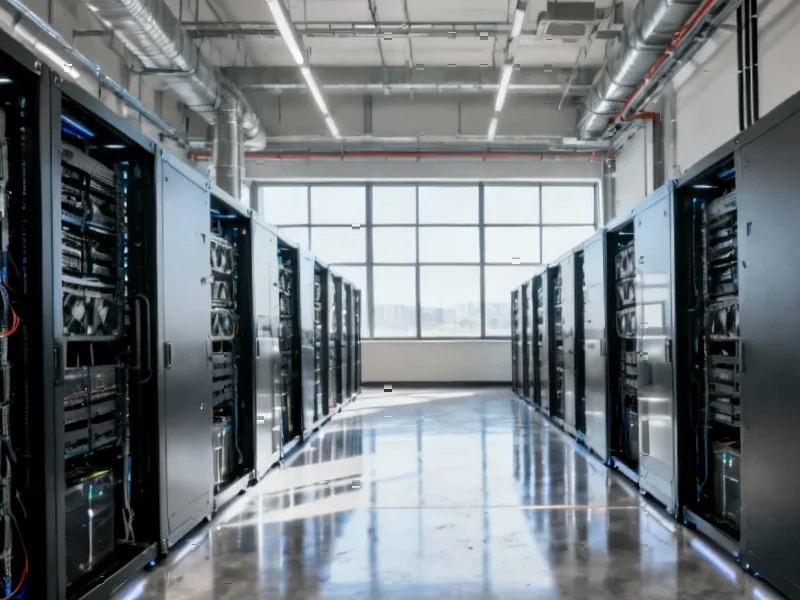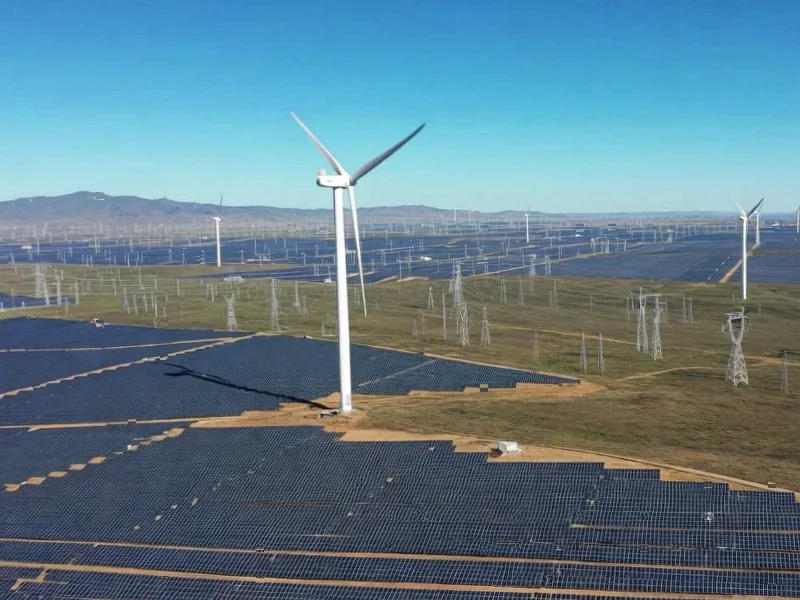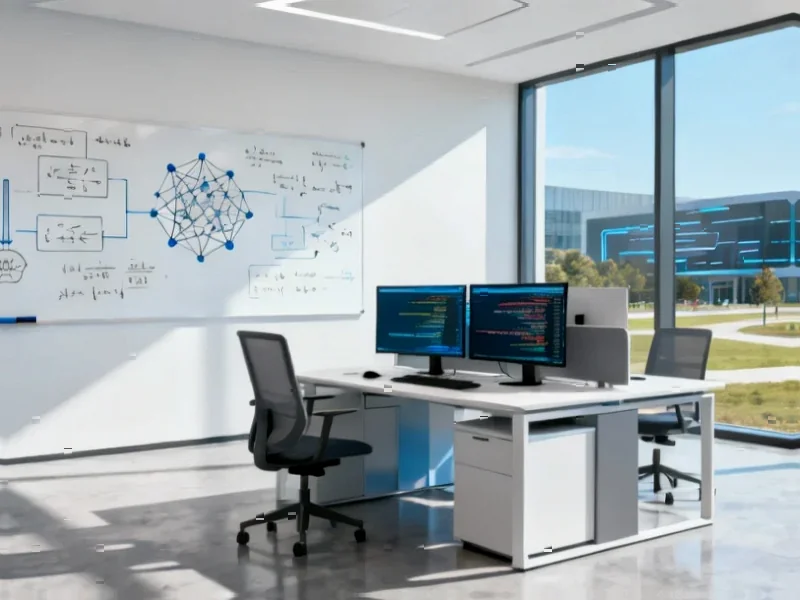According to TechSpot, Nvidia and Samsung have announced a partnership to build an “AI megafactory” featuring a cluster of 50,000 Nvidia GPUs designed to enhance chip manufacturing for mobile devices and robotics. The collaboration was confirmed by Nvidia’s Asia-Pacific senior vice president Raymond Teh, who stated the company aims to support South Korea’s ambitious AI deployment plans. Prior to the official announcement, Nvidia CEO Jensen Huang was reportedly seen meeting with Samsung Chairman Lee Jae-yong and Hyundai Chairman Chung Eui-sun, with Nvidia also collaborating with other major South Korean corporations on similar GPU deployments. The partnership includes Nvidia adapting its designs to Samsung’s lithography platform for a projected 20% performance uplift, while Nvidia’s Omniverse platform will play a role in the technological integration.
The Manufacturing Symbiosis Strategy
This partnership represents a sophisticated strategic play that addresses fundamental weaknesses in both companies’ positions. While Nvidia dominates AI chip design, it remains dependent on third-party foundries like TSMC for manufacturing—a vulnerability that became painfully apparent during recent supply chain constraints. By deepening its relationship with Samsung, Nvidia gains manufacturing diversification and potentially better pricing leverage against its primary foundry partners. For Samsung, which has been struggling to catch TSMC in advanced semiconductor manufacturing, securing Nvidia as a design partner provides immediate credibility and access to cutting-edge AI chip architectures that can be applied across its own product lines.
The $500 Billion Revenue Pipeline
Huang’s revelation that partners have already booked $500 billion worth of GPU orders for Blackwell and upcoming Rubin architectures provides crucial context for this megafactory investment. This isn’t just about current demand—it’s about locking in revenue streams for the next 3-5 years. At these order volumes, Nvidia needs multiple manufacturing partners capable of delivering at scale. The Samsung partnership effectively creates additional manufacturing capacity while simultaneously improving Samsung’s own chipmaking capabilities through access to Nvidia’s design expertise. This creates a virtuous cycle where better manufacturing leads to better Nvidia chips, which in turn drives more demand.
Beyond Hardware: The Platform Play
The inclusion of Nvidia’s Omniverse platform in this partnership reveals the deeper strategic objective. Nvidia isn’t just selling GPUs—it’s building an entire ecosystem where its technology becomes foundational to digital manufacturing. By integrating Omniverse into Samsung’s manufacturing processes, Nvidia positions its software platform as essential infrastructure for modern chip fabrication. This creates recurring revenue streams beyond one-time hardware sales and establishes switching costs that make it increasingly difficult for competitors to displace Nvidia from these manufacturing workflows.
Shifting Competitive Dynamics
This move significantly alters the competitive landscape in semiconductor manufacturing. While TSMC remains the dominant foundry, the Nvidia-Samsung partnership creates a formidable second source for advanced AI chip manufacturing. For Nvidia’s competitors like AMD and Intel, this means facing a competitor that controls both the best AI chip designs and has privileged access to multiple advanced manufacturing partners. The 20% performance uplift mentioned suggests that Nvidia is willing to share significant technical expertise with Samsung in exchange for manufacturing priority and capacity guarantees—a tradeoff that could pay dividends during the next supply crunch.
The South Korean Government Factor
The South Korean government’s involvement adds another strategic dimension. By aligning with national AI initiatives, Nvidia secures favorable treatment and potentially subsidized infrastructure investments. This follows a pattern of Nvidia strategically partnering with governments and large corporations to create ecosystems where its technology becomes embedded in national infrastructure. The beer summit between Huang and Korean corporate leaders wasn’t just ceremonial—it represents the high-level relationship building necessary to secure multi-billion dollar, multi-year commitments in an increasingly competitive global AI race.




